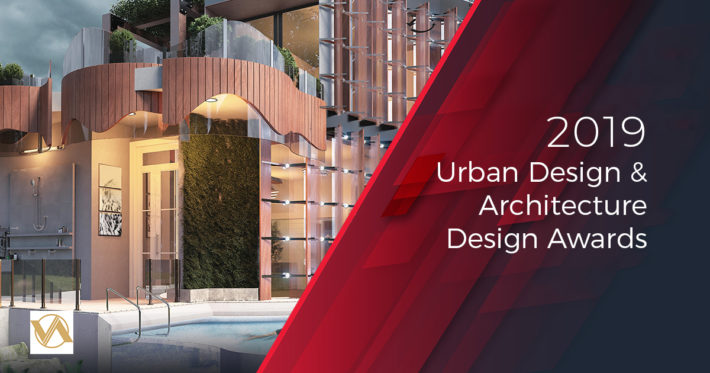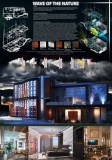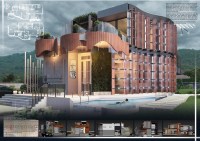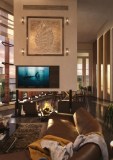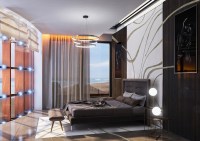Soil & Water Design and Developments Group are a Dynamic and Experienced Commercial and Residential firm based in Melbourne and Tehran.
Sustainability Design and Human Inspiration are innate to good Design and focuses on minimizing energy use nature materials. Soil & Water Design Group believe that environmental sustainability and energy efficient building principles are integral to “suitable design” with the intention to improve quality of life and cost into the future. This design process (1. Site and context analysis 2. Concept design 3. Design development) can reduce their home’s running costs, minimizing energy and water use, such as increasing access to natural daylight and selecting suitable energy efficient products and water saving options. Our business aim’s is to design for the climate and for comfort in response to our clients through better performing buildings and spaces that have lasting value.
Honorable Mention- Urban Design & Architecture Design Awards 2019
Firm | Soil & Water Design Group
Category | Residential
Team | Hamzeh Najjar, Ibrahem Zeynali
Country | Australia
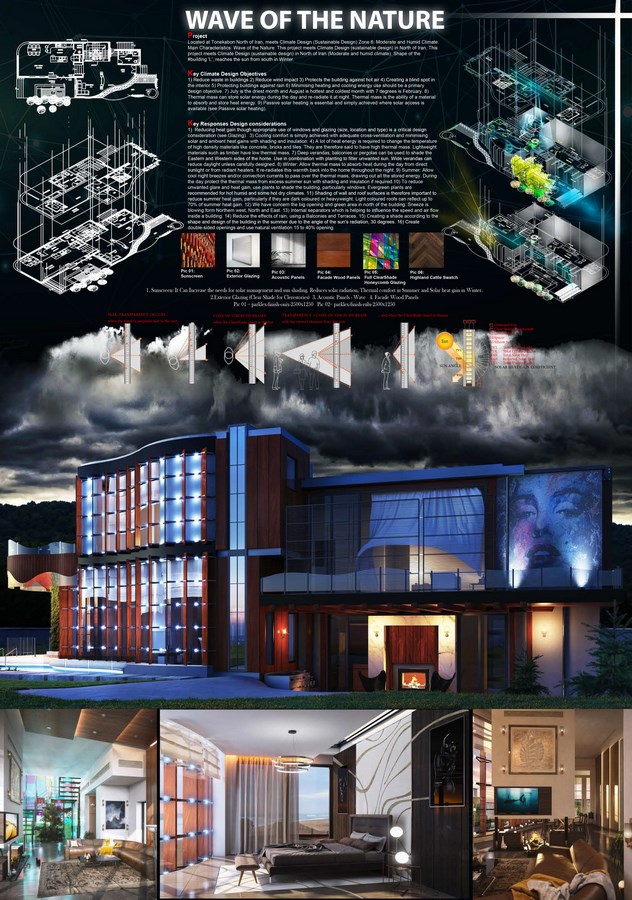
Project locationTonekabon/ iranLocated at Tonekabon North of Iran, in Mazandaran province and is temperate and humid climate, and the following climatic branches can be considered for this project. · Humidity: The relative humidity in this area is very high which is over than human comfort rate. · Rain: in all seasons and there is a rain shower in the summer · Temperature moderation. meets Climate Design (Sustainable Design) Zone 6: Moderate and Humid Climate. Main Characteristics: Wave of the Nature. This project meets Climate Design (sustainable design) in North of Iran. This project meets Climate Design (sustainable design) in North of Iran (Moderate and humid climate). Shape of the Building ‘ L ‘, reaches the sun from south in Winter. Principle of native architectural to adjust climate indicators |
Moisture adjustment:
1- Ground floor above ground level: To protect the moisture from the surface of the earth.
2- Double-sided openings and the use of natural air conditioning: the use of curtains and natural ventilation in the entire building and the opening of openings in accordance with the direction of the establishment of the sea breeze.
Reduce the effects of rain:
In order to protect the building from the rain, balconies are created around the rooms and all over.
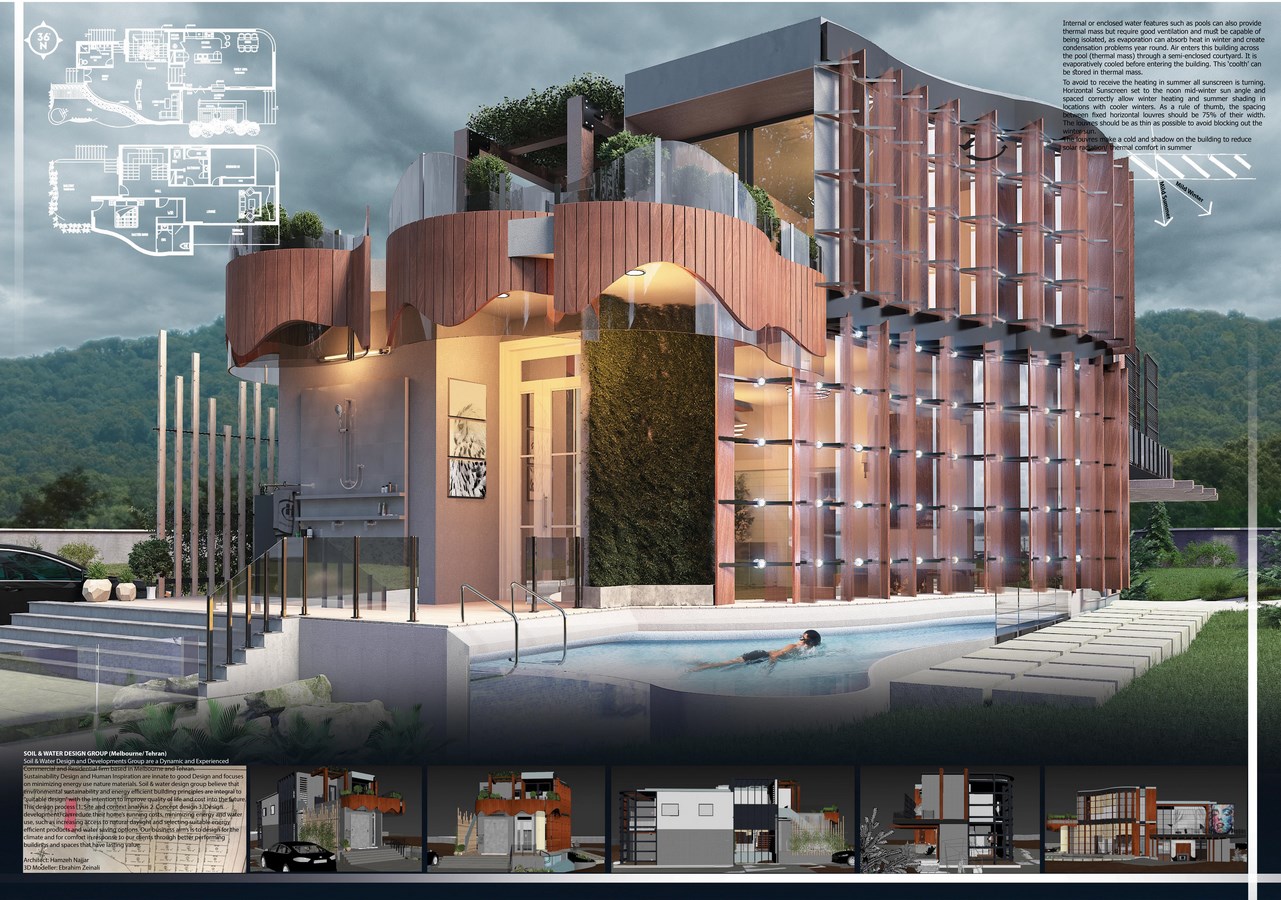
Proper materials with climate:
Wood is a structural element of the region’s index, except for materials with low thermal capacity. Since there is little heat exchange fluctuation in this area, so the use of low heat capacity materials is a clever solution.
Offers of climate design in Tonekabon with respect to native buildings
Protecting the building against summer sunlight, using natural ventilation to cool and heat additional moisture in the summer. Since proper ventilation is important because of the high humidity in a moderate and humid climate, then:
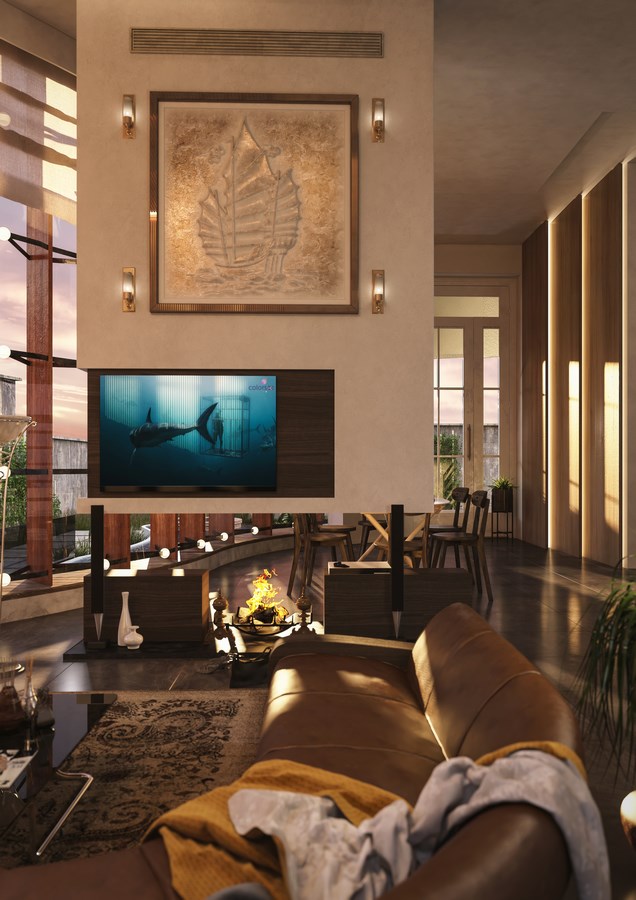
Ventilation with wind power:
How buildings, rooms, and especially the opening positions, inlet and outlet inside the rooms have a significant impact on the ventilation of the building.
Internal separators:
The position and orientation of the internal separators can affect the speed and flow of air within a building and, with increasing air velocity, reduce its static pressure. A two-way valve between the windows of the building wall.
Ventilation via chimney:
Using the pressure differences that surround the building and is carried out by and on the basis of the “chimney property” phenomenon. The flow of air continues in the vertical direction with the least resistance, when it is caused by the difference in air temperature inside and outside. The difference in temperature between the inside, the outside and its various areas leads to a density difference and, as a result, the difference in pressure causes the air to move. Air temperature and density are inversely related to one another, and as the temperature increases, the air density decreases, as a result, the air moves upwards. Chimney effect can drain air from a building by natural displacement. Chimney effect only drains the air if the difference between the temperature inside the two openings is more vertical than the difference between the same temperature. To maximize this effect, which is basically weak, openings should be as large as possible and have a large vertical distance from each other. The air should be able to flow freely from the lower openings to the top.
key climate design objectives
1) Reduce waste in buildings 2) Reduce wind impact 3) Protects the building against hot air 4) Creating a blind spot in the interior 5) Protecting buildings against rain 6) Minimizing heating and cooling energy use should be a primary design objective. 7) July is the driest month and August is hottest and coldest month with 7 degrees is February. 8) Thermal mass can store solar energy during the day and re-radiate it at night. Thermal mass is the ability of a material to absorb and store heat energy. 9) Passive solar heating is essential and simply achieved where solar access is available (see Passive solar heating).
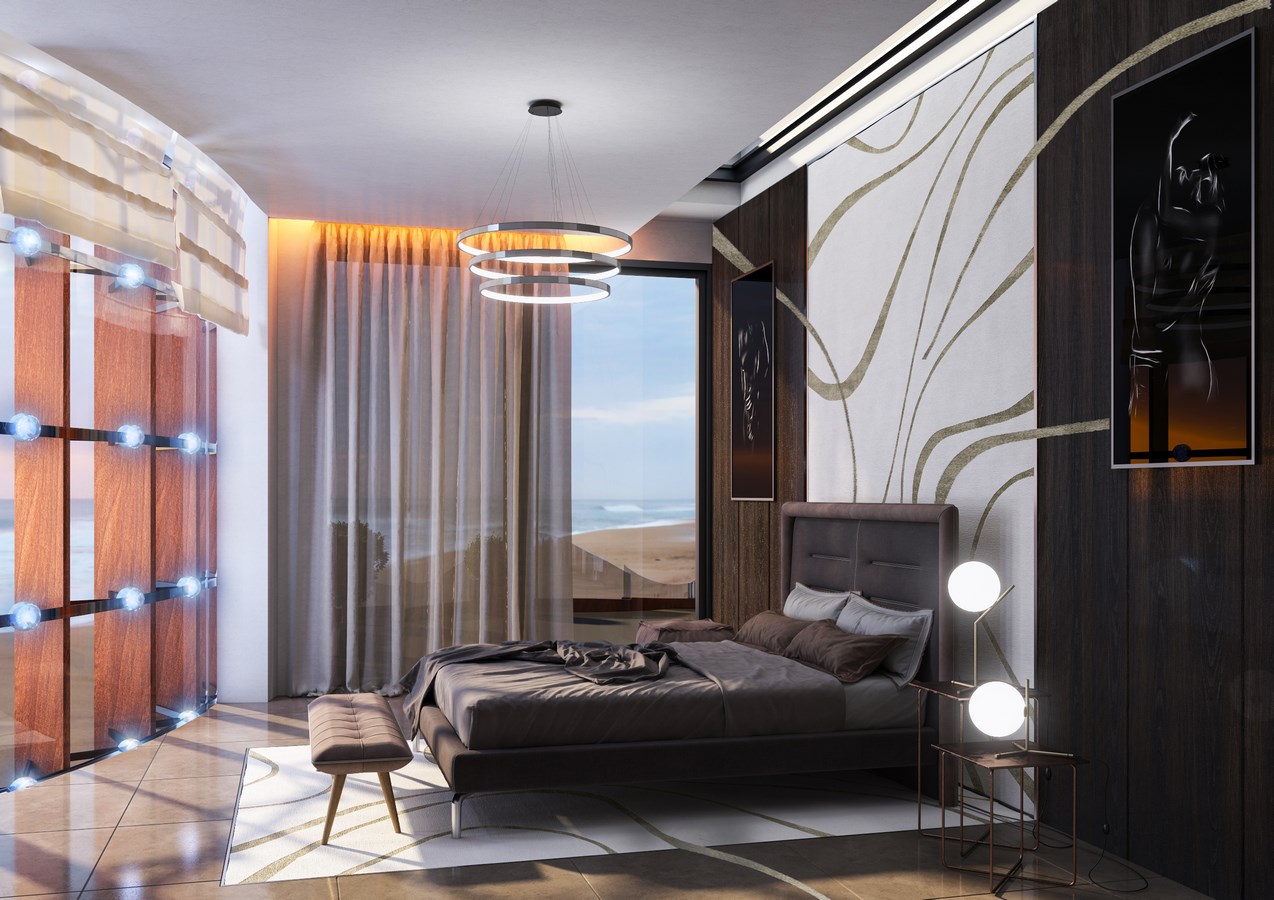
Key Responses Design considerations
wave of the nature
1) Reducing heat gain though appropriate use of windows and glazing (size, location and type) is a critical design consideration (see Glazing). 3) Cooling comfort is simply achieved with adequate cross-ventilation and minimizing solar and ambient heat gains with shading and insulation. 4) A lot of heat energy is required to change the temperature of high density materials like concrete, bricks and tiles. They are therefore said to have high thermal mass. Lightweight materials such as timber have low thermal mass. 7) Deep verandas, balconies or pergolas can be used to shade the Eastern and Western sides of the home. Use in combination with planting to filter unwanted sun. Wide verandas can reduce daylight unless carefully designed. 8) Winter: Allow thermal mass to absorb heat during the day from direct sunlight or from radiant heaters. It re-radiates this warmth back into the home throughout the night. 9) Summer: Allow cool night breezes and/or convection currents to pass over the thermal mass, drawing out all the stored energy. During the day protect the thermal mass from excess summer sun with shading and insulation if required.10) To reduce unwanted glare and heat gain, use plants to shade the building, particularly windows. Evergreen plants are recommended for hot humid and some hot dry climates. 11) Shading of wall and roof surfaces is therefore important to reduce summer heat gain, particularly if they are dark coloured or heavyweight. Light coloured roofs can reflect up to 70% of summer heat gain. 12) We have concern the big opening and green area in north of the building. Sneeze is blowing form Northern west, North and East. 13) Internal separators which is helping to influence the speed and air flow inside a building. 14) Reduce the effects of rain, using a Balconies and Terraces. 15) Creating a shade according to the shape and design of the building in the summer due to the angle of the sun’s radiation, 30 degrees. 16) Create double-sided openings and use natural ventilation 15 to 40% opening.
Horizontal Sunscreen
To avoid to receive the heating in summer all sunscreen is turning. Horizontal Sunscreen set to the noon mid-winter sun angle and spaced correctly allow winter heating and summer shading in locations with cooler winters. As a rule of thumb, the spacing between fixed horizontal louvres should be 75% of their width.
The louvres should be as thin as possible to avoid blocking out the winter sun.
The louvres make a cold and shadow on the building to reduce solar radiation/ thermal comfort in summer.
Internal or enclosed water
Internal or enclosed water features such as pools can also provide thermal mass but require good ventilation and must be capable of being isolated, as evaporation can absorb heat in winter and create condensation problems year round. Air enters this building across the pool (thermal mass) through a semi-enclosed courtyard. It is evaporative cooled before entering the building. This ‘coolth’ can be stored in thermal mass.


